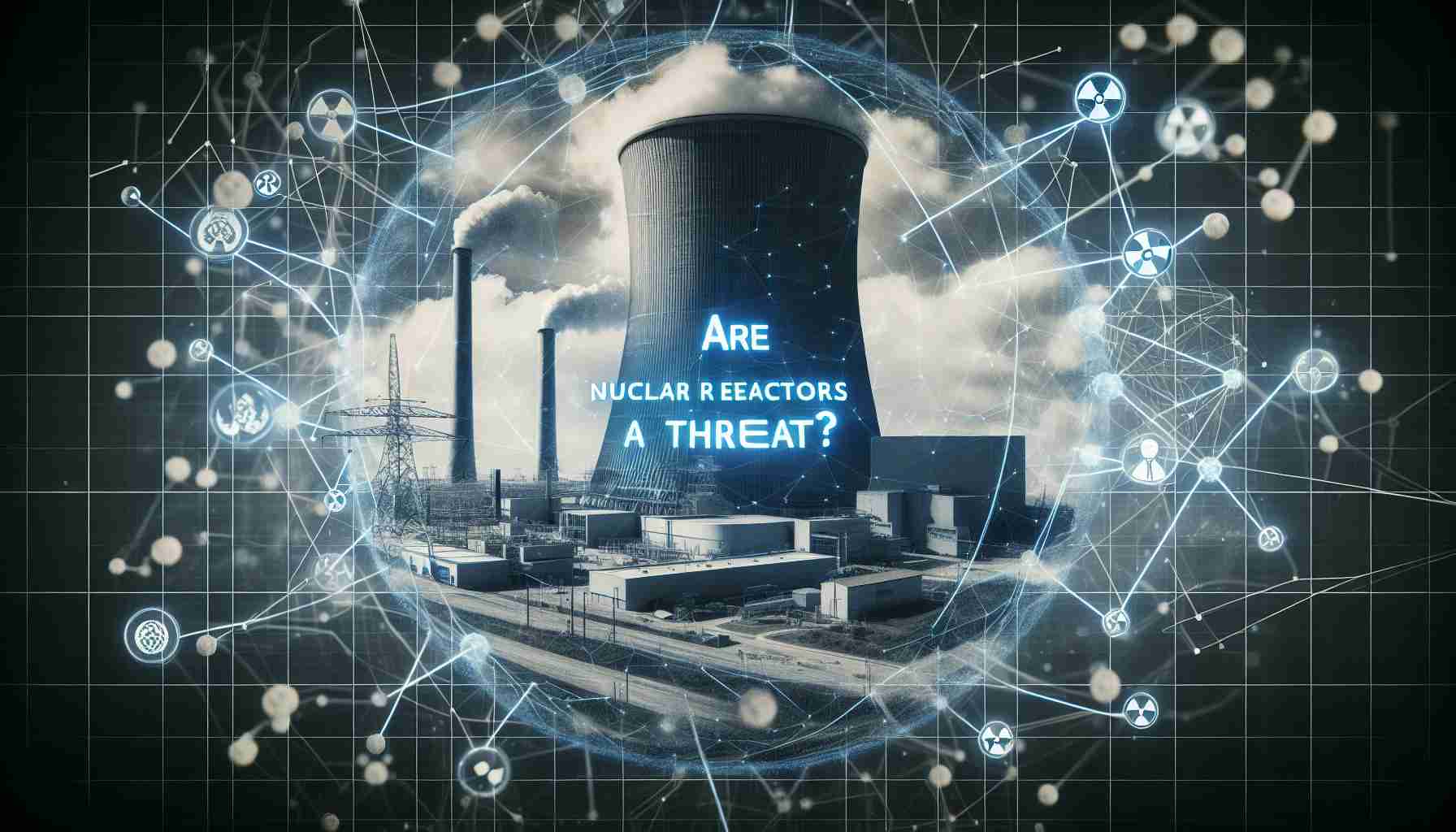Franklin Fire’s Devastation and Resilience
The Franklin Fire unleashed chaos in Malibu, California, engulfing more than 4,000 acres and leading to extensive property damage and evacuations. Igniting on December 9, 2024, this blaze rapidly escalated due to fierce Santa Ana winds. Within 24 hours, the inferno had already expanded to an alarming 2,600 acres, threatening the Pepperdine University campus.
The destructive force of the fire was captured in revealing satellite imagery, showcasing the drastic alteration of Malibu’s lush landscape. By December 13, evidence of severe vegetation damage was stark, highlighting the fire’s reach and the effectiveness of containment measures.
In a bid to control the flames, Cal Fire deployed aircraft to disperse water and fire retardant, establishing a protective perimeter around vulnerable areas. These efforts bore fruit, leading to significant progress; by December 18, 89% of the fire was contained, with no further growth observed over several days.
As resilience began to triumph over destruction, officials lifted evacuation orders, allowing displaced residents to return home. The Franklin Fire serves as a potent reminder of nature’s unpredictability while showcasing the relentless spirit of firefighting teams working tirelessly to protect communities from devastation.
Facing the Flames: How Communities Responded to the Franklin Fire
The Franklin Fire Overview
The Franklin Fire, which ignited on December 9, 2024, in Malibu, California, quickly became one of the most significant wildfires in recent history, burning over 4,000 acres and leading to widespread evacuations and property damage. The fire escalated rapidly, fueled by the notorious Santa Ana winds, making containment efforts particularly challenging for fire crews.
Containment Strategies Utilized
Containment of the Franklin Fire was achieved through various innovative strategies and technologies. Cal Fire deployed aerial resources, including helicopters and fixed-wing aircraft, to release water and fire retardants. The deployment of unmanned aerial vehicles (UAVs) played a pivotal role in monitoring fire spread and assessing damage in areas that were otherwise difficult for ground crews to reach.
Community Impact and Resilience
The human impact of the Franklin Fire was profound, with many families forced to evacuate their homes and communities united in support for those affected. Relief efforts included the establishment of shelters and distribution centers for essential supplies. Local organizations mobilized quickly, providing food, medical aid, and psychological support to displaced residents. The community’s resilience was evident as displaced families began returning home following the lifting of evacuation orders.
Environmental Considerations
The aftermath of the Franklin Fire raised important discussions about environmental recovery and sustainability. The burned areas are now the focus of restoration efforts to help the ecosystem recover. Native plant species, which are crucial for restoring natural habitats, have been prioritized in replanting initiatives. Moreover, experts are monitoring soil erosion and water runoff, crucial for preventing flooding in the future.
Future Trends in Wildfire Management
Looking forward, the Franklin Fire underscores an urgent need for enhanced wildfire management strategies. Investment in technology such as AI-driven predictive models could improve preparedness and response times. Additionally, community education on fire-safe practices and climate-responsive landscaping can mitigate fire risks in the long term.
Insights on Wildfire Preparedness
Preparing for wildfires involves several proactive measures:
1. Create a defensible space around properties by clearing flammable vegetation.
2. Utilize fire-resistant building materials for homes in high-risk areas.
3. Stay informed about local fire conditions and evacuation routes.
4. Participate in community drills to understand emergency procedures.
Conclusion
The Franklin Fire serves not only as a cautionary tale about the dangers of wildfires but also demonstrates the resilience of communities and the effectiveness of coordinated firefighting efforts. As climate change continues to increase the frequency and intensity of wildfires, ongoing innovations in fire management and community preparedness efforts will become increasingly critical.
For more information and resources on wildfire preparedness and recovery efforts, visit Cal Fire.




















